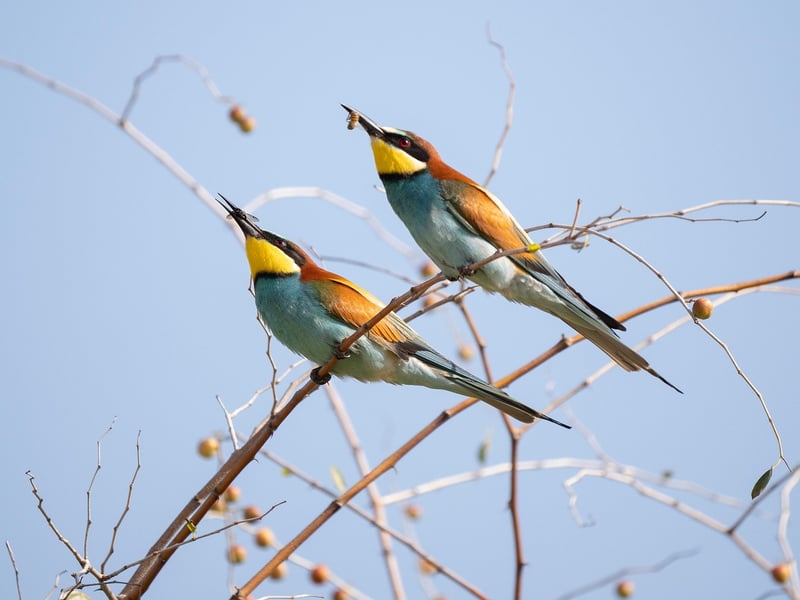Bee Habitats
Attracting Wildlife to Urban Areas: Creating Bee Habitats
The Importance of Urban Wildlife
Urban areas are often seen as concrete jungles, but they can also be thriving ecosystems for wildlife. Creating habitats for animals like bees in urban spaces is crucial for biodiversity and the health of our environment.
Why Bees Matter
Bees play a vital role in pollinating plants, including many of the fruits and vegetables we eat. Without bees, our food supply would be greatly diminished. By attracting bees to urban areas, we can support local agriculture and ensure a sustainable future.
Creating Bee-Friendly Habitats
Here are some tips for creating bee habitats in urban areas:
- Plant native flowers and shrubs that provide pollen and nectar for bees.
- Leave some areas of your yard or garden wild, allowing bees to nest and forage.
- Avoid using pesticides and herbicides that can harm bees and other pollinators.
- Install bee houses or bee hotels to provide shelter for solitary bees.
Images of Bee Habitats

Attracting Other Wildlife
Creating bee habitats can also attract other wildlife to urban areas. Birds, butterflies, and beneficial insects are just some of the creatures that benefit from a bee-friendly environment.
Get Involved
You can make a difference by creating bee habitats in your own backyard or community space. Join local conservation groups or gardening clubs to learn more about supporting urban wildlife.
Conclusion
Attracting wildlife to urban areas, especially bees, is a rewarding and essential way to promote biodiversity and sustainability. By taking small steps to create bee habitats, we can make a big impact on the health of our environment.
